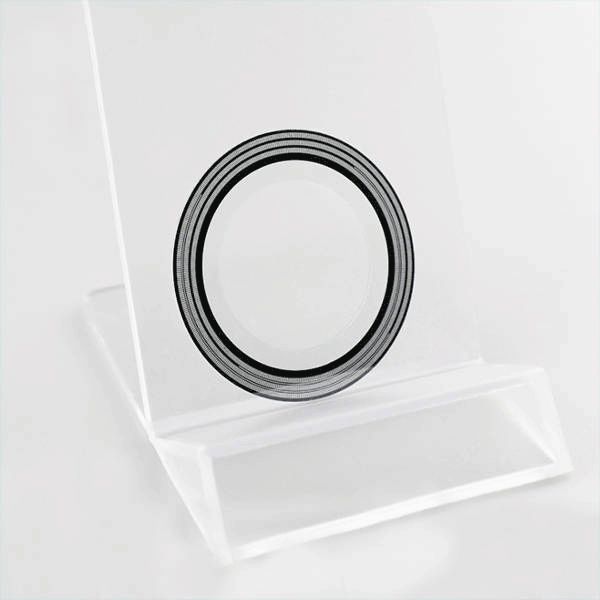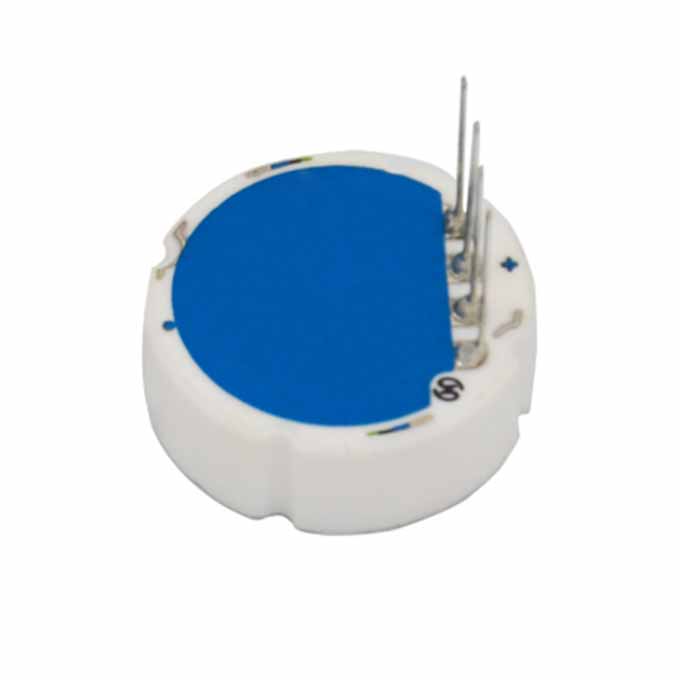What is a Encoding disk/Encoder disk /Coded disc /code wheel?
What is a optical Encoding disk/Encoder disk /Coded disc /code wheel?
Encoding disk A digital encoder that measures angular displacement. It has the advantages of strong resolution, high measurement accuracy and reliable operation, and is one of the most commonly used displacement sensors for measuring the angular position of shafts. The code disc is divided into two types: absolute encoder and incremental encoder. The former can directly give the digital code corresponding to the angular position; Addition and subtraction.
Contact encoder is a kind of absolute encoder, which consists of encoder disk, brush and circuit. There are code tracks on the code disc, and each code track has many fan-shaped conductive areas (black areas) and non-conductive areas (white areas), and all the conductive areas are connected to a common power supply. The brushes are installed along a fixed radial direction and are respectively in contact with the code track. Each brush is connected to a single wire and outputs an electrical signal whose level is controlled by the position of the encoder. The accuracy of the encoder depends on the accuracy of the coded disc itself, and the resolution depends on the number of code channels. The resolution of the 10-bar code disc is 1/1024, and it can reach 1/100000 when multiple code discs are used and the internal transmission mechanism is installed.
The disadvantage of the contact encoder is that there is contact friction between the encoder disc and the brush, and the service life is short. Improper contact between the brushes and the track can also produce fuzzy output, which may give wrong results and cause errors. This disadvantage can be overcome by using a cyclic code (Gray code) since only one bit changes at any instant.
Another absolute encoder is an optical encoder, which is a device made according to optical and optoelectronic principles. It consists of four parts: light source, encoding disc, optical system and circuit. The code wheel is made of light and dark code channels on an opaque base according to binary codes, which is equivalent to the conductive area and the non-conductive area of the contact encoder. The light is converted into the corresponding electrical signal by the photoelectric element through the code disc. The accuracy of the optical encoder is better than 1/10^8, and the accuracy of the radial graduation line is 0.067 arc seconds. The standard code discs that have been produced include pseudo-random codes, prime numbers, cyclic codes, sine and cosine codes, pair numbers and binary decimal codes.
Photoelectric encoder code disc
Photoelectric encoder is a sensor that converts the mechanical geometric displacement on the output shaft into pulse or digital quantity through photoelectric conversion. This is the most widely used sensor at present. The photoelectric encoder is composed of a code disc (grating disc) and a photoelectric detection device. The code disc (grating disc) is to open a number of rectangular holes in equal parts on a circular plate with a certain diameter. Since the photoelectric encoder is coaxial with the motor, when the motor rotates, the encoder (grating plate) rotates at the same speed as the motor, and a detection device composed of electronic components such as light-emitting diodes detects and outputs several pulse signals. The principle is calculated by calculating the photoelectric encoder per second. The number of output pulses can reflect the current speed of the motor. In addition, in order to determine the rotation direction, the code disc can also provide two pulse signals with a phase difference of 90º.
The materials of the encoder code disk are glass, metal, film, and resin: the glass code disk is etched on the chrome-plated surface of the glass to corrode the bright and dark code channels, which has good thermal stability, high precision, brittleness and high cost; It is not easy to be broken, but because metal is not easy to corrode and easy to deform, the accuracy is limited, and its thermal stability is an order of magnitude worse than that of glass; the plastic encoder disc is economical, its cost is low, and it is not easy to break. and deformation, but the accuracy, thermal stability, and life are worse; the resin code disc is similar to the glass code disc, and it also corrodes the chrome plating on the surface of the light and dark resin, showing light and dark pulses. The advantage is that the precision is high and it is not easy to break. Disadvantages: It is easy to jump code in the harsh environment and high temperature, the price is relatively high, and the processing technology is difficult.
Optry Tech Co., Ltd. has specialized in R&D and production of photoelectric code discs for more than 15 years. It can produce glass encoder disks, metal code discs, film code discs, photoetching high-precision code discs, and reflective code discs according to the requirements of drawings. Code discs, incremental code discs, transmissive code discs, and etched encoder discs can be customized according to drawings.
company culture:
Serving customers, being pragmatic and enterprising, operating with integrity, pioneering and innovating, people-oriented, and grateful for return.
Optry Tech Co., Ltd. optics has worked diligently in the field of optical and optoelectronic components manufacturing, and is determined to become a leading and world-renowned supplier of optical and optoelectronic components in China through efficient management, top technology and equipment, and the joint efforts of all employees.


